
Lophocampa is a genus in the subtribe Phaegopterina in the family Erebidae. It contains around 75 species.

Lophocampa argentata, the silver-spotted tiger moth, is a species of moth in the family Erebidae. It was described by Packard in 1864. It is found from British Columbia to southern California, and east to Arizona, Nevada, New Mexico, Colorado, Utah, Wyoming and possibly to northern Mexico.
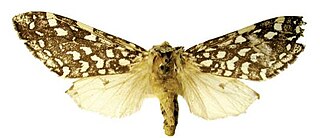
Lophocampa albiguttata is a moth of the family Erebidae. It was described by Jean Baptiste Boisduval in 1870. It is known from Honduras and possibly Mexico.

Lophocampa montana is a moth of the family Erebidae. It was described by William Schaus in 1911. It is known from volcan Poás in Costa Rica.
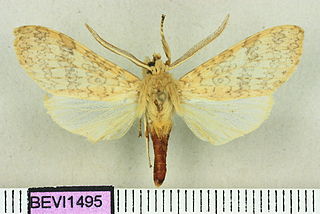
Lophocampa secunda is a moth of the family Erebidae. It was described by Walter Rothschild in 1909 under the name fasciata. It is found in Brazil and on Cuba.

Lophocampa affinis is a moth of the family Erebidae. It was described by Walter Rothschild in 1909. It is found in Mexico.

Lophocampa distincta, is a moth of the family Erebidae. It was described by Walter Rothschild in 1910. It is found in Peru, Brazil, Argentina, Colombia and Ecuador.

Lophocampa alsus is a moth of the family Erebidae. It was described by Pieter Cramer in 1777. It is found in Suriname and possibly Colombia and Venezuela.

Lophocampa atriceps is a moth in the family Erebidae. It was described by George Hampson in 1901. It is found in Colombia, Ecuador (Guayas) and Costa Rica.

Lophocampa amaxiaeformis is a moth of the family Erebidae. It was described by Walter Rothschild in 1910. It is found in Panama and Ecuador.

Lophocampa annulosa, the Santa Ana tussock moth, is a moth of the family Erebidae. It was described by Francis Walker in 1855. It is found in southern Texas, southern Arizona, Mexico, Costa Rica, Ecuador, Venezuela, Peru, Suriname, Brazil, Argentina and Trinidad.
Lophocampa arpi is a moth of the family Erebidae. It was described by Paul Dognin in 1923. It is found in Brazil.
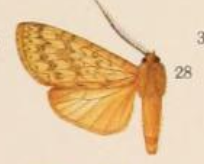
Lophocampa atomosa is a moth of the family Erebidae. It was described by Francis Walker in 1855. It is found on Jamaica and Cuba and in Ecuador.

Lophocampa atrimaculata is a moth of the family Erebidae. It was described by George Hampson in 1901. It is found in Costa Rica, Brazil, Bolivia and Peru.

Lophocampa dognini, the Rothschild's marbled tiger, is a moth of the family Erebidae. It was described by Walter Rothschild in 1910. It is found in Peru.
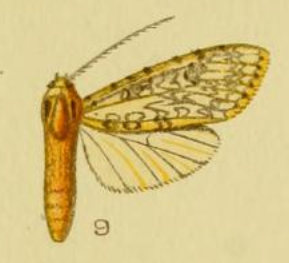
Lophocampa longipennis is a moth of the family Erebidae. It was described by Paul Dognin in 1908. It is found in Bolivia.

Lophocampa maroniensis is a moth of the family Erebidae. It was described by William Schaus in 1905. It is found in Costa Rica, Panama, French Guiana and Venezuela.
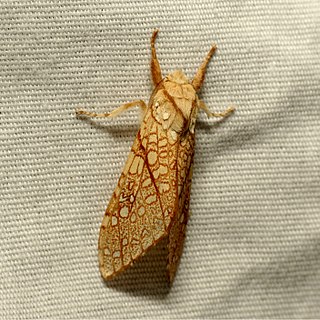
Lophocampa mixta is a moth of the family Erebidae. It was described by Berthold Neumoegen in 1882. It is found in the United States in Arizona, Texas

Lophocampa modesta is a moth of the family Erebidae. It was described by William Forsell Kirby in 1892. It is found in Costa Rica, Panama, Suriname, Ecuador, Bolivia, Peru and Venezuela.
Lophocampa russus is a moth of the family Erebidae. It was described by Rothschild in 1909. It is found in South America, including Peru.





















